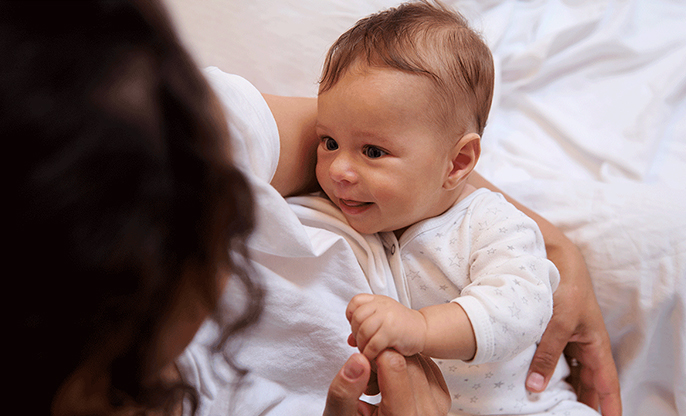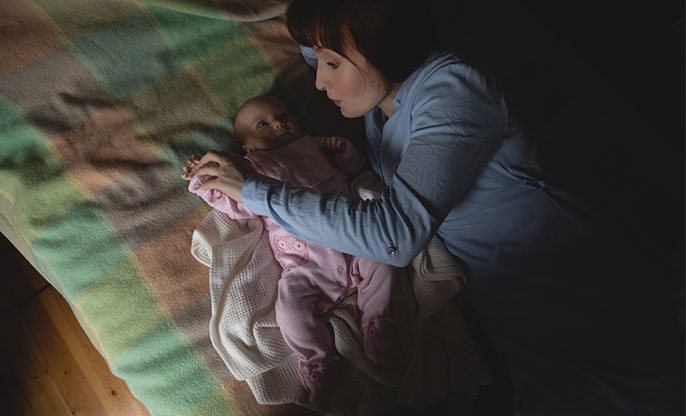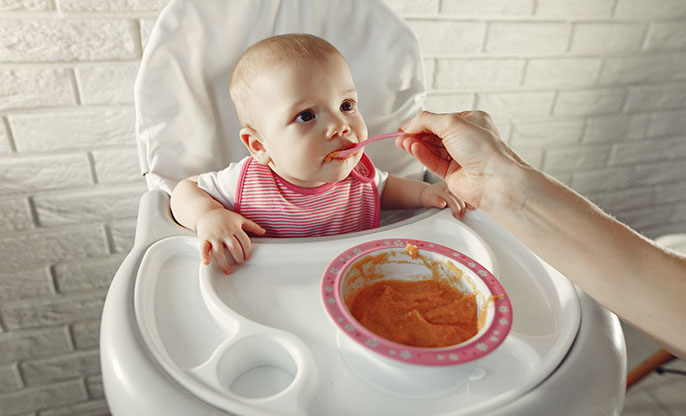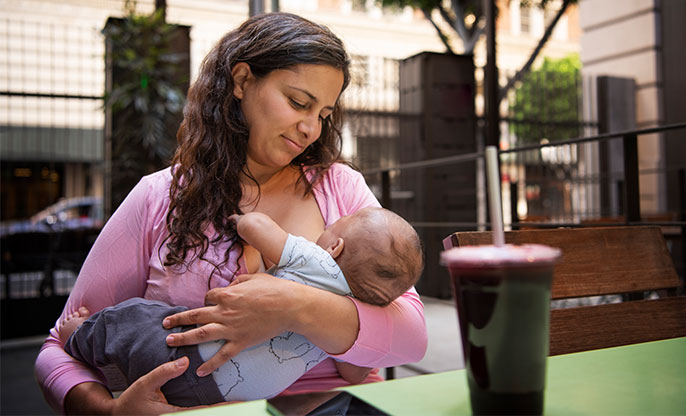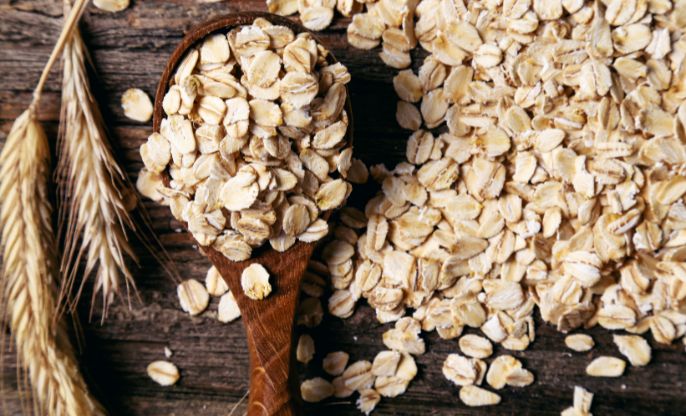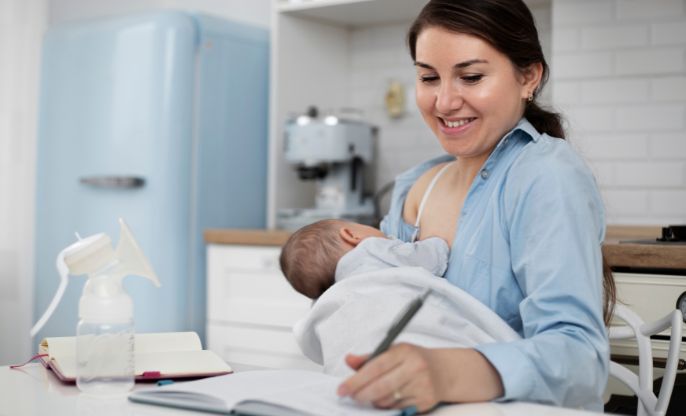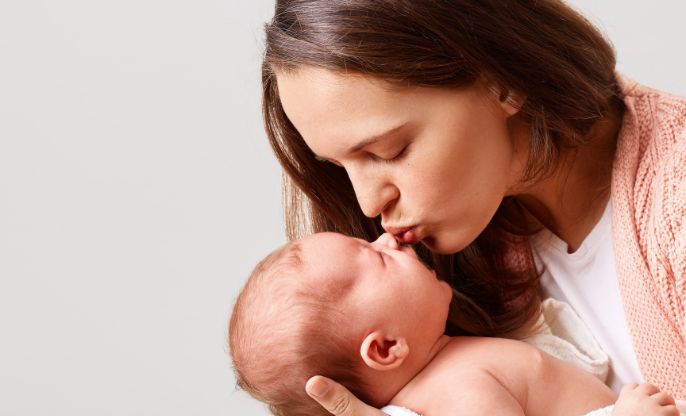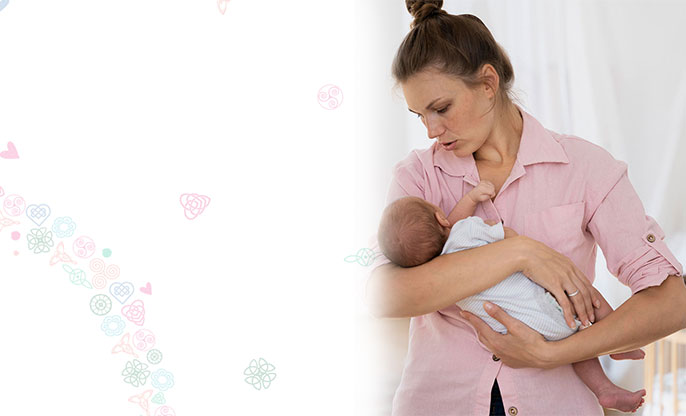
HOW BODY PREPARES TO MAKE MILK?
When your baby suckles, it sends a message to your brain. The brain then signals the hormones, prolactin and oxytocin to be released. Prolactin causes the alveoli to begin making milk. Oxytocin causes muscles around the alveoli to squeeze-out milk through the milk ducts.
In easy words, human milk comes from your mammary glands inside your breasts. These glands have several parts that work together to produce and secrete milk:
Alveoli: These tiny, grape-like sacs produce and store milk. A cluster of alveoli is called lobules, and each lobule connects to a lobe.
Milk ducts: Each lobe connects to a milk duct. You can have up to 20 lobes, with one milk duct for every lobe. Milk ducts carry milk from the lobules of alveoli to your nipples.
Areola: The dark area surrounding your nipple which has sensitive nerve endings, enables your body to know when to release milk. Entire areola needs stimulation to release milk.
Nipple: Your nipple contains several tiny pores (up to about 20) that secrete milk. Nerves on your nipple respond to suckling (either by the baby, your hands or a breast pump). This stimulation tells your brain to release milk from the alveoli through the milk ducts and out of your nipple.
Tip
Think of the lactation system as a large tree;
Your nipple is the trunk of the tree.
The milk ducts are the branches.
The leaves are the alveoli.
Now while you know the milk-making process, it’s imperative to also understand how to maintain your milk production. And, you can do it through the following 5 ways;
Continue nursing on-demand or pump milk frequently (approximately every four hours).
Eat a healthy diet with enough calories. Low-calorie diets can decrease milk supply.
Drink plenty of water to stay hydrated. Human milk is primarily water.
Avoid smoking, drugs or alcohol. These can reduce your supply and transfer to your milk.
Don’t let stress come in your way.
Fact
Sometimes a woman's breasts make milk even though she is not pregnant or breastfeeding. This condition is called galactorrhea; a milky nipple discharge unrelated to the normal milk production of breast-feeding. The milk may come from one or both breasts. It may leak on its own or only when the breasts are touched.

